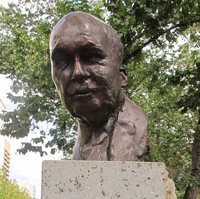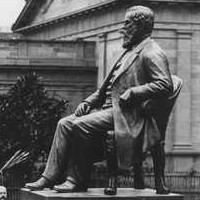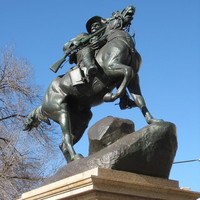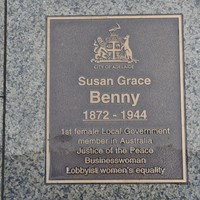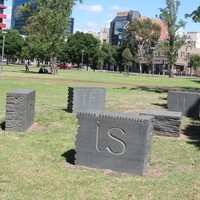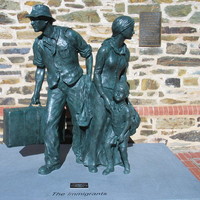Adelaidia
mid nineteenth century
- Remove [facetapi_active:active-value] filter [facetapi_active:active-value]
- Remove [facetapi_active:active-value] filter [facetapi_active:active-value]
- Remove [facetapi_active:active-value] filter [facetapi_active:active-value]
- Remove [facetapi_active:active-value] filter [facetapi_active:active-value]
- Remove [facetapi_active:active-value] filter [facetapi_active:active-value]
- Remove [facetapi_active:active-value] filter [facetapi_active:active-value]





